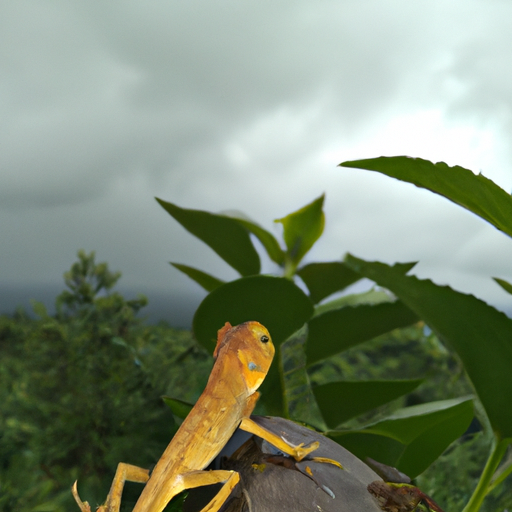 Introduction:
Introduction:
The vast and diverse world we inhabit is teeming with an astonishing array of animal species, each uniquely adapted to its environment. From the scorching deserts to the icy tundra, from the depths of the oceans to the highest mountain peaks, animals have found their place in nearly every corner of our planet. This article aims to take you on a captivating journey through various ecosystems, unveiling the remarkable habitats where animals thrive.
1. Terrestrial Habitats:
1.1 Forests:
– Tropical Rainforests: These lush, biodiverse ecosystems can be found in regions near the equator, such as the Amazon Basin, Congo Basin, and Southeast Asia. They are home to an incredible variety of species, including jaguars, gorillas, macaws, and countless insects.
– Temperate Forests: These forests are characterized by a moderate climate and are found in regions like North America, Europe, and parts of Asia. They harbor animals like black bears, deer, squirrels, and owls.
– Boreal Forests: Also known as taiga, these expansive forests are found in the northern regions of North America, Europe, and Asia. They provide habitat for animals such as moose, wolves, lynx, and migratory birds.
1.2 Grasslands:
– Savannas: Predominantly found in Africa, these grasslands are typified by scattered trees and support iconic species like lions, elephants, zebras, and giraffes.
– Prairie: Native to North America, prairies host animals like bison, prairie dogs, coyotes, and various bird species.
1.3 Deserts:
– Hot Deserts: Vast areas like the Sahara in Africa, the Arabian Desert, and the Sonoran Desert in North America are home to animals such as camels, scorpions, kangaroo rats, and fennec foxes.
– Cold Deserts: Deserts like the Gobi in Asia and the Patagonian Desert in South America are characterized by extreme temperature fluctuations. They provide habitat for animals like snow leopards, ibex, and jerboas.
1.4 Mountains:
– Alpine Habitats: As altitude increases, unique ecosystems called alpine habitats emerge. These include the Himalayas, the Rocky Mountains, and the Andes, where animals like snow leopards, mountain goats, chamois, and pumas thrive.
2. Aquatic Habitats:
2.1 Oceans:
– Pelagic Zone: The open ocean, with its vast expanses, is home to a myriad of marine creatures, including whales, sharks, dolphins, and tuna.
– Coral Reefs: These vibrant ecosystems are found in warm, shallow waters near the equator, harboring a stunning diversity of marine life, like colorful fish, sea turtles, and coral polyps.
2.2 Freshwater Habitats:
– Rivers: Rivers crisscrossing the globe, such as the Amazon, Nile, and Mississippi, provide a lifeline for numerous species, including otters, crocodiles, trout, and various waterfowl.
– Lakes: From the Great Lakes in North America to Lake Baikal in Russia, lakes sustain a wide range of organisms, including fish, water birds, amphibians, and crustaceans.
Conclusion:
This article has only scratched the surface of the awe-inspiring tapestry of animal habitats across the globe. From the dense jungles to the arid deserts, from the icy poles to the depths of the oceans, animals have managed to adapt and thrive in remarkably diverse and often extreme environments. The intricate relationship between animals and their habitats highlights the delicate balance necessary for the survival of both. As stewards of the Earth, it is our responsibility to protect these habitats and the incredible biodiversity they support, ensuring a harmonious coexistence for all species.
